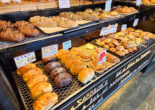To make things has a special place in the Japanese awareness, and making things by hand has a special standing in Japanese common culture – the cuter, of course, the better. Or the more innovative.
If you want to show what you have done, you can hang out a shingle and open a shop – nowadays often a webshop. But if you want your would-be customers to actually see what you are doing, you can put up a stand at a craft fair. Read more here to find out how to find them.
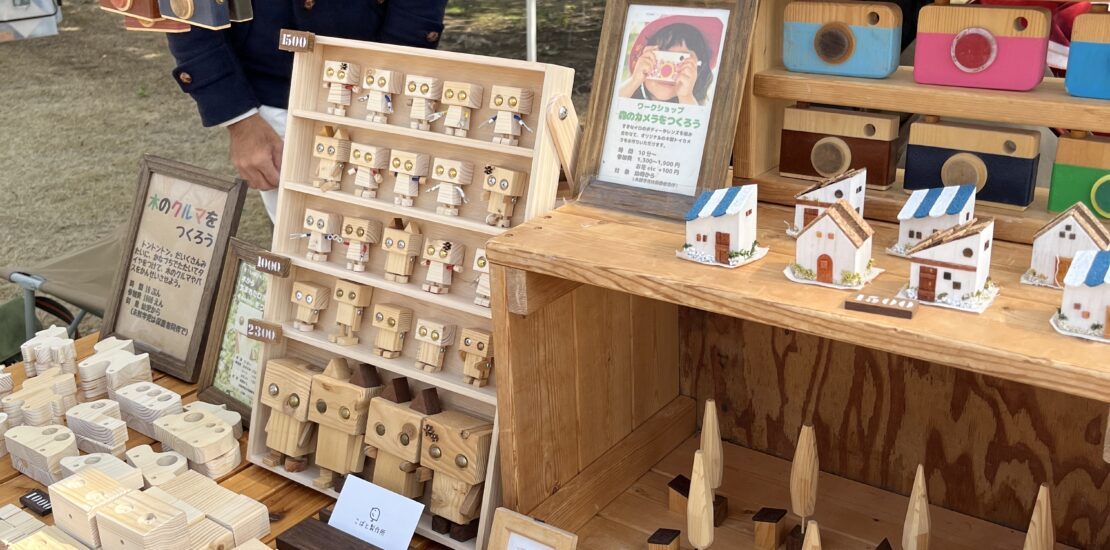
Craft fairs: Unique souvenir trinkets and modern Japanese street food
Japanese crafts have a worldwide reputation, but what many people may not realize is that there is a lively craft scene in Japan, where people create and sell unique objects.
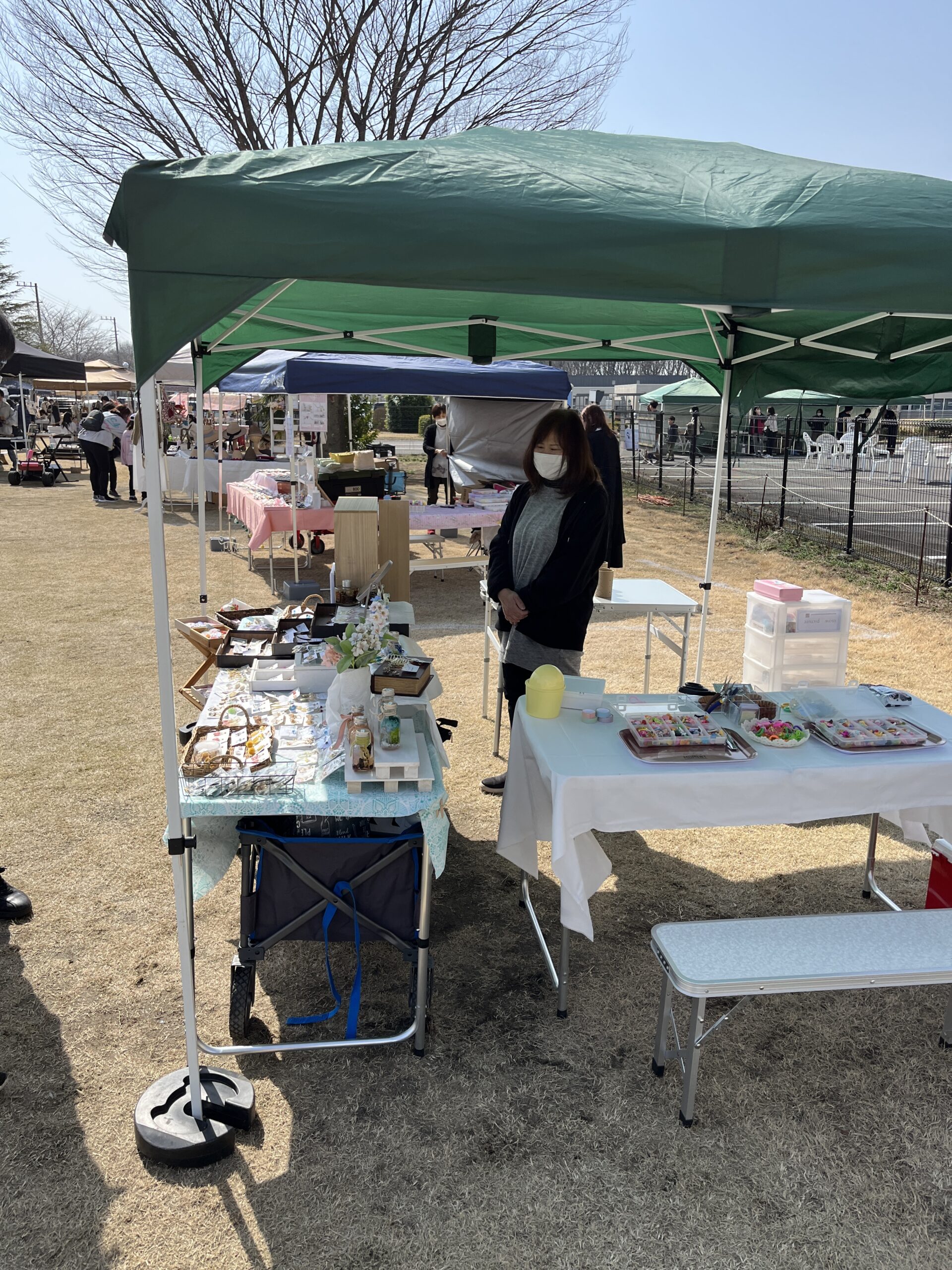
This is not the kind of crafts you would find in one of the stores selling traditional goods, though. Traditional craft products in Japan, including things such as bamboo combs, cherry bark tea containers, and doll toys made from spare pieces of cloth are revered not just for their beauty but appreciated as a piece of cultural heritage, and the makers spend many years, maybe even a lifetime, mastering the craft.
No national treasures
Objects created by the most skilled artists fetch huge amounts of money at auctions, like any piece of artwork. The most famous creators become “living national treasures”, revered for the flawlessness and beauty of their work. But you will not find any living national treasures at a typical craft fair.
The craft fairs can be held all year round but most frequently when the weather is usually good, in late winter – early spring and the fall months from September to December in the Kanto area around Tokyo. The locations vary.
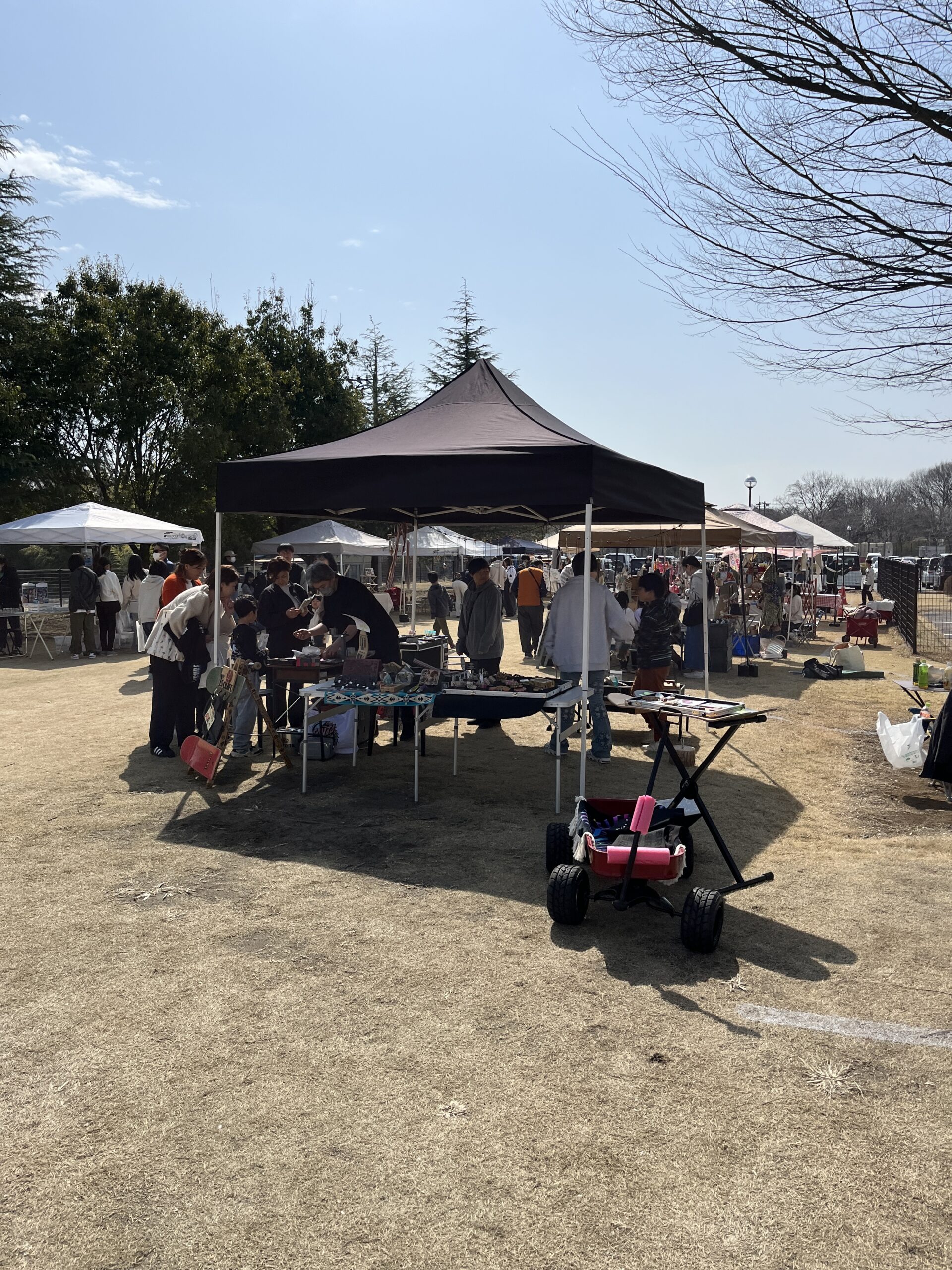
Sometimes, an organizer may collaborate with a local shrine to arrange a fair in the shrine grounds; more frequently, the venue is a local attraction, such as a museum, city or ward, or even an industrial recycling and incineration plant. The important thing is that they have plenty of open space, and plenty of space for parking. You do not have to go far outside the center of Tokyo to discover that people are equally dependent on their cars in large parts of Japan as in the US, despite public transport being vastly better.
Hundreds of handmade stands
There will be a lot of stands – the big ones can have hundreds – and a number of food trucks and food stalls. Eating is an important part of celebrating in Japan, but the food trucks and food stalls at a typical craft fair are completely different from what you would find at a typical matsuri.

At the matsuri, the food is usually a mix of traditional comfort foods and more or less traditional sweets, with the occasional novelty thrown in. Churros is a recent addition to the matsuri menu, but the sweets are usually candied fruits, chocolate covered bananas, filled baked cakes in the shape of a fish (taiyaki) and small pound cakes (called castella in Japanese).
The matsuri food is heavy in the stomach and a good anchor for beer. Okonomiyaki pancakes, yakisoba (fried noodles), griddle-baked octopus balls (takoyaki), and deep-fried chicken (kara-age) are staples you will find in the food stalls at any matsuri, together with novelties such as Chinese baked buns, Korean hottoku, and döner kebab. Often there are traditional drinking snacks such as boiled or fried octopus as well.
Japanese modern street food
The food selection at the typical craft fair could not be more different. It will be distinctly more modern, but of course with a Japanese twist. The food truck innovations are sometimes more impressive than the food itself. The pizza food truck will have its own wood-fired pizza oven. The yakitori food truck will have a hibachi to grill the skewers. If you try them, make sure that your kids are ready to eat grilled chicken hearts and livers, not to speak of crispily baked chicken skin.
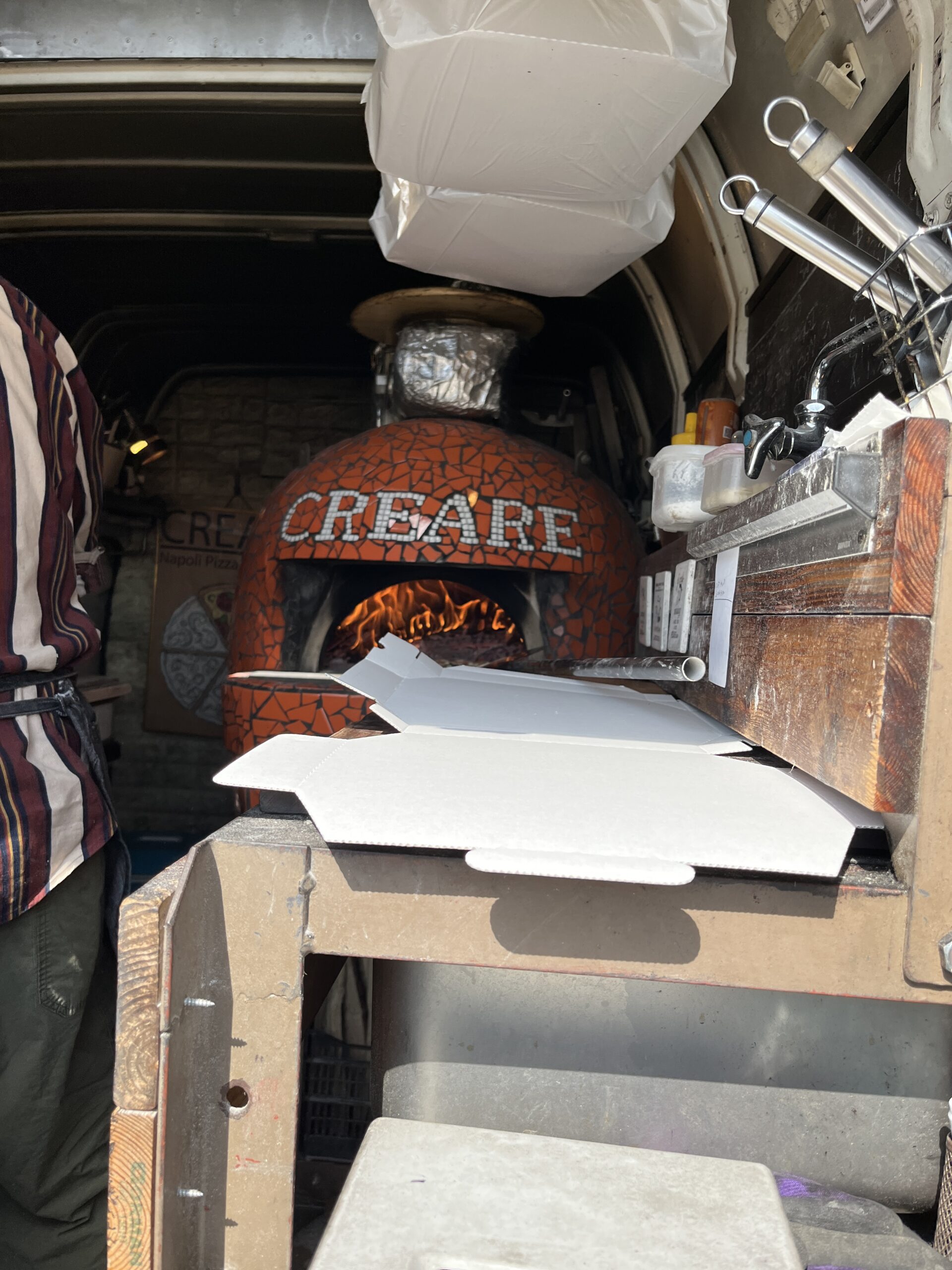
More often, the food at the craft fair leans towards the exotic, with thai and indian food trucks common, the latter occasionally with built-in tandoori ovens to bake nan and make tandoori chicken. Occasionally, you will even find a hamburger truck, featuring a beef patty grilled to order, served in a bun with cheese and pickles.
Chocolate-covered strawberry churros
There will be several drinks stands featuring various kinds of smoothies and sometimes specialty coffees. The sweets will be churros, and maybe chocolate bananas, overlapping the traditional matsuri. Crepes stands are another staple at the craft fair food stalls. Usually, these are sweet, with strawberries, bananas, and whipped cream; but often ice cream as well.
But while many people visit the craft fairs for the food trucks, that is not why most people come there. They come for the crafts – to buy crafted products, get tips on what to do themselves, participate in a workshop, or just generally enjoy the creations of others. Of course, all activities are in Japanese, so if you want to participate you had better make sure your linguistic skills are up to it. The participants (and organizers) at your normal craft fair in Japan will not speak anything but Japanese, although you may occasionally find someone who can speak a few words of English.
Google Translate will not be much help in the communication beyond reading signs, as Japanese and English are two of the most mismatched languages in the linguistics databases; attempts at translation are often laughable in one of the directions, and frequently mutually unintelligible. Single words work great, but sentences quickly break down.
Anything handmade goes
At the craft fair, the limit of what you can sell is really only set by your imagination. And the size and price of the objects, as they need to be easy for the visitors to bring home.
That means trinkets and toys, often made from wood or knitted or macrameed, sometimes in the shape of bling to be attached to mobile phones or glass bottles. Occasionally you discover inventions, such as the young man who remade his broken skateboards into key rings and name tags.
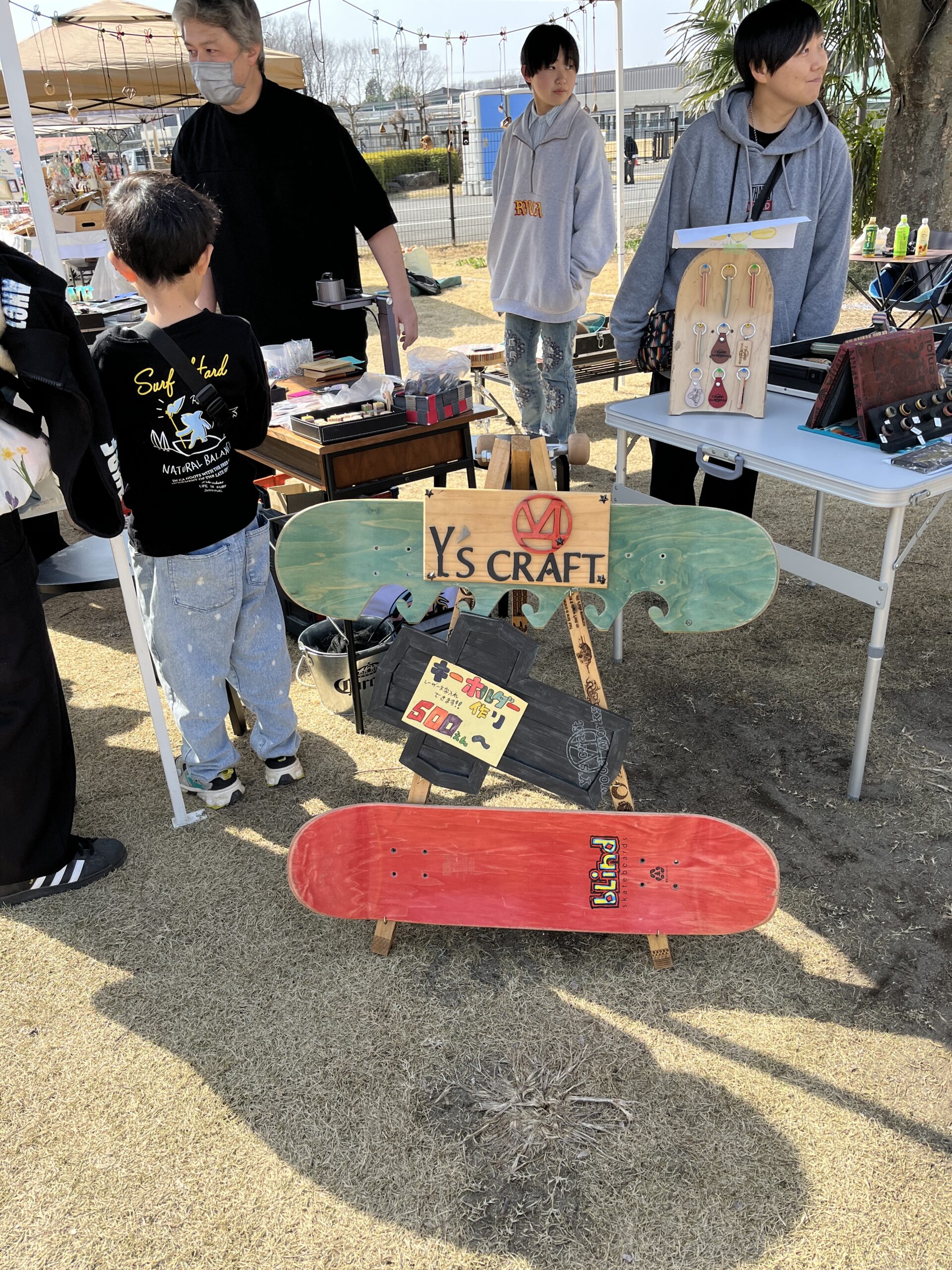
Often, the goods for sale follow predictable patterns, made to cheer up the entrance of the typical Japanese home, or make the kitchen life easier and a little more cheerful. Cute pouches abound, making perfect souvenirs to give your friends. But every market has something unique to offer, which makes it interesting to visit more than one. If you can find them.
How to find the craft fairs
So if the craft fairs are so fun, how do you find them? That is the problem. Craft fairs are usually local events, without the deep history of the shrine festivals. They are advertised on the web site of the organizer, in their social media, and through flyers and posters in the local area. In Japanese. Many of the smaller ones were canceled during the pandemic, and it is uncertain if they will come back in any form.
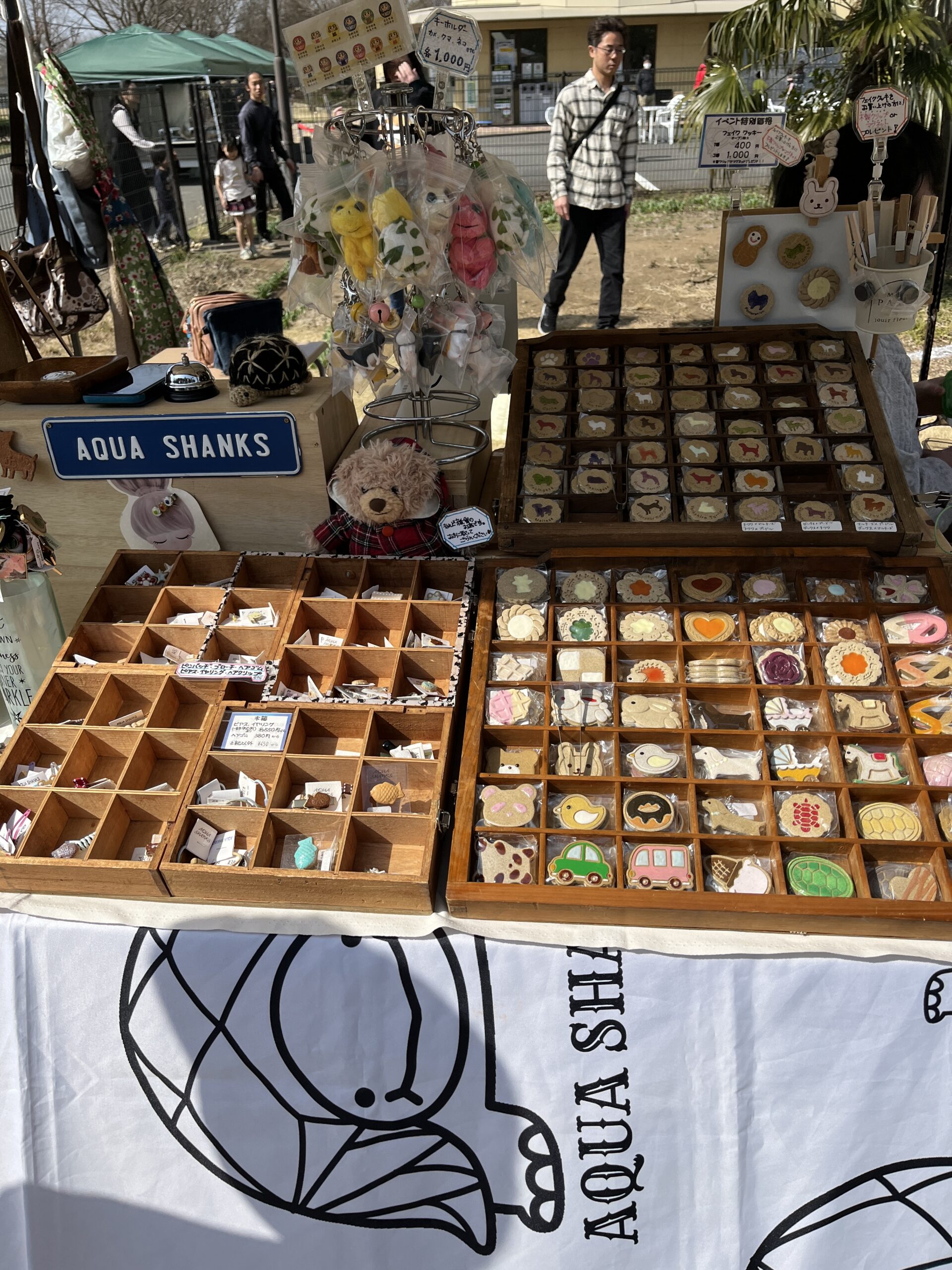
If you are lucky, you may come across a craft fair as you wander the streets of the area where you are staying; if not, the best bet are a couple of events: The Tokyo Handmade in Japan festival, held in July 2024 in the Big Sight exhibition hall in Odaiba, which should offer a nice break from the summer heat; in Maronouchi and Yurakucho, there is a street market with handmade products every second weekend of the month.


